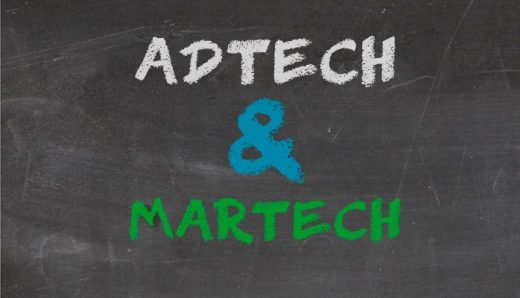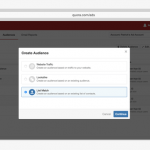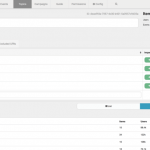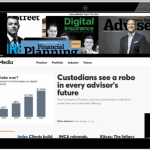Optimizing Ad-tech And Mar-tech Channels: Near-Term Trends
by Joanna O’Connell, Op-Ed Contributor, October 24, 2016
The convergence of ad-tech and mar-tech has, in theory, been happening for years. We can now technologically hook together systems powering paid (ad-tech) and owned (mar-tech) channels to deliver more relevant, seamless marketing experiences across these channels.
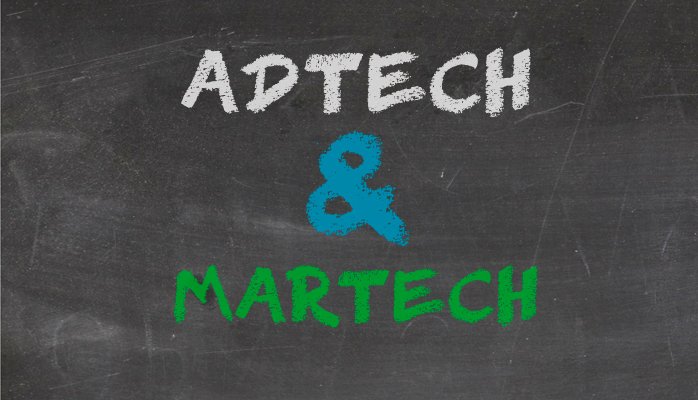
But just because these integration points now exist doesn’t mean that marketers are taking full advantage of them. To break down the barriers between mar-tech and ad-tech inside their own organizations, marketers need to break through the challenges and misconceptions that are keeping them from taking the steps toward adoption.
Here are a few trends I expect to see as we head into 2017 that will get marketers closer to the future state of true paid and owned convergence.
Consumer demand for more personalized experiences will separate leaders from laggards
The flattening of commerce and long tail—an e-commerce concept where the internet has enabled super-specific and special interest items to be available for sale at scale by pretty much anyone (think Etsy)—has magnified the importance of customer experience. Pre-ecommerce, if you were the only store in town selling collector comic books, for example, it didn’t matter if your customers had a terrible experience because there was nowhere else for them to get their comics. Now, the consumer has a multitude of options and, with that, all the leverage in evaluating everything from on-demand services to products at the right price point.
So, ecommerce has leveled the playing field from a competitive standpoint, highlighting customer experience as a key area to differentiate and a very dangerous area in which to fail.
Mar-tech and ad-tech convergence helps in a number of ways. First, it offers an ability to see and better understand customer behaviors across a broader range of marketing touchpoints through a single, 360-degree view of them. Second, it improves the delivery of more relevant messaging, at scale, to improve business outcomes and better delight these customers—meaning you’ll stand a better chance of reaching, and converting, consumers with your specific offer and value prop.
Bottom’s up and top down will be the next evolutionary steps
Part of the reason more brands aren’t extending, for example, email campaigns (via mar-tech) across paid media (via ad-tech, such as in display or video) is because there is no single role or team inside most marketing organizations to do it. There are still huge organizational challenges—the paid media and owned media teams very often don’t talk to each other, for one—and it’s unclear who owns what.
Change will happen from the bottom up. The paid media team will increasingly realize that spending acquisition dollars on recent purchasers is a waste of money and will want to suppress those purchasers from media campaigns. How to do it? Engage the CRM team, who owns customer data. Gap bridged. And when people like this see little moments of success, like improved conversion rates or better efficiency of media spend, they will use those wins as a springboard to try more stuff.
Marketers pursuing a DMP strategy, for example, will find it necessary to have conversations with their peers across their organization—in CRM, legal, analytics, IT– around where data lives throughout the organization.
It will also come from the top down. Nothing moves an organization faster than executive support for and leadership through change. You’ll see more leaders at large brands pushing customer centricity as a business imperative.
Easier cross-implementation of technologies
Managing email used to be really clunky. Now it’s seamless. As technologies in the advertising ecosystem continue to mature, becoming increasingly smart, user-friendly and expansive in scope, there will be more time and energy devoted to cross-pollination across those worlds. It’s a natural next step. As a live example, we will see more built-in functionality inside of mar-tech platforms that enable email marketers, who don’t naturally live in the world of programmatic, to extend email campaigns to paid media easily through a single UI.
Identity will become a foundation for executing campaigns across mar-tech and ad-tech
If you’re going to have a relationship with a consumer, you have to know that it’s that consumer wherever that consumer is, regardless of channel, ad format or device. This means identity must become the basis from which you build your marketing plans and inform how you interact with your consumers. Identity comes into play with mar-tech and ad-tech because the more you know about a consumer, the smarter your conversations with them will be. You can start a conversation with a user in email, and continue it in display, knowing their shopping and content consumption behavior across all the devices they use. Marketers will see improvements both in their ability to accurately measure their marketing efforts that span channels and devices, and in their ability to effectively target across them. As a practical example, having a unified view of identity eliminates excess frequency against the same users seen across browsers and devices (where, in a traditional cookie-based world, they would not be seen as a single user).
MediaPost.com: Search Marketing Daily
(25)

